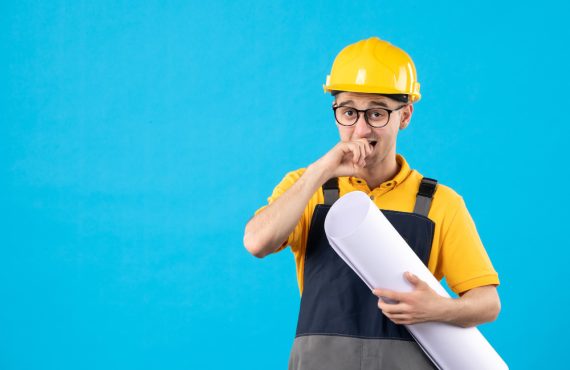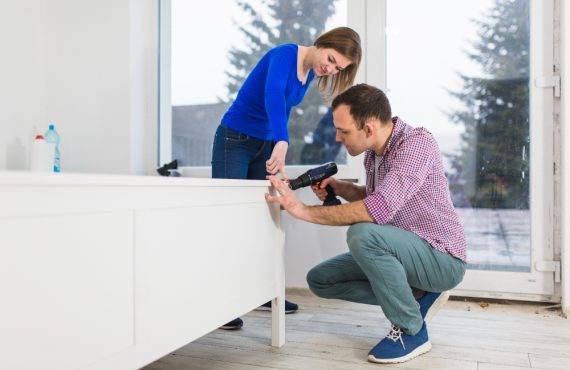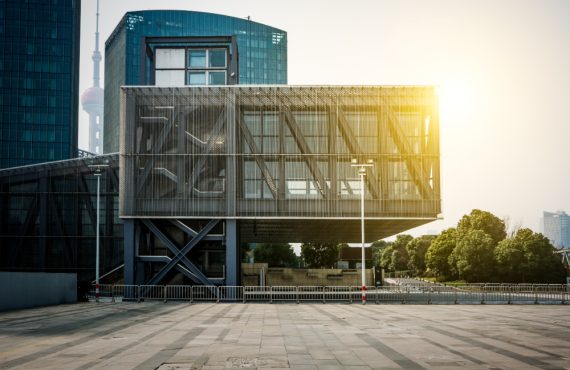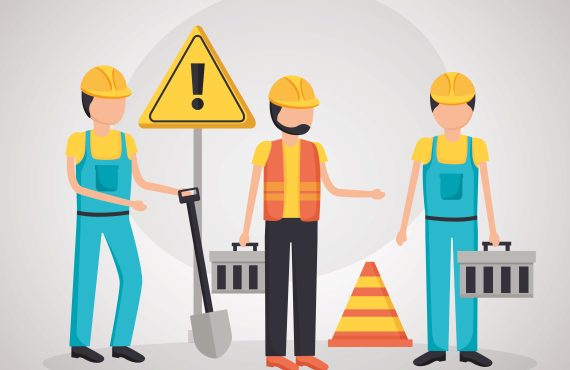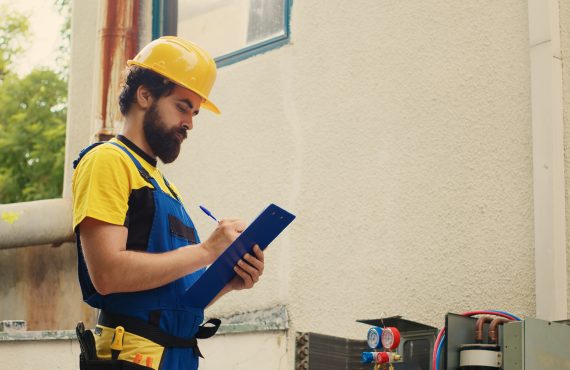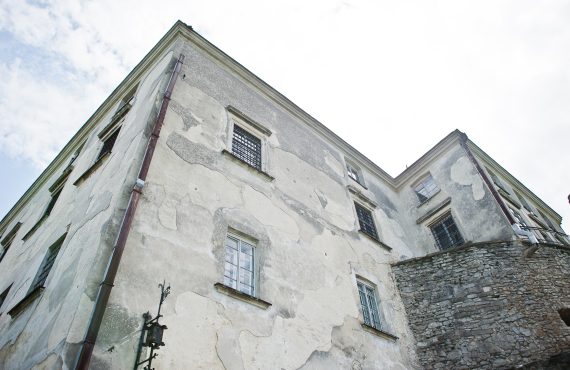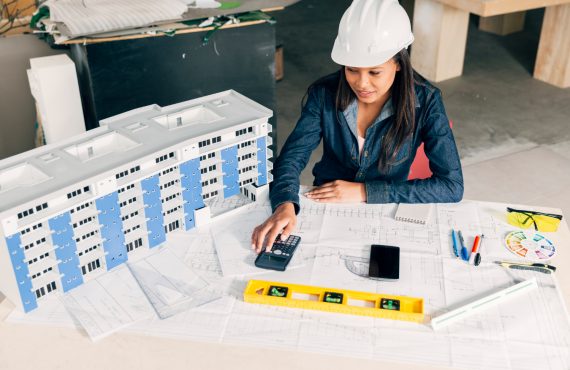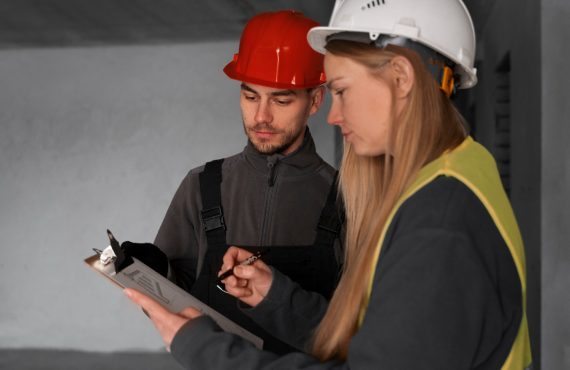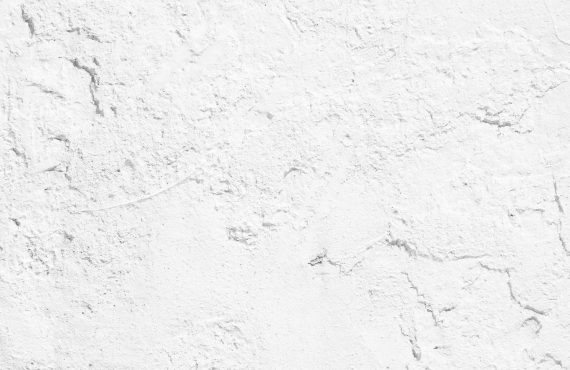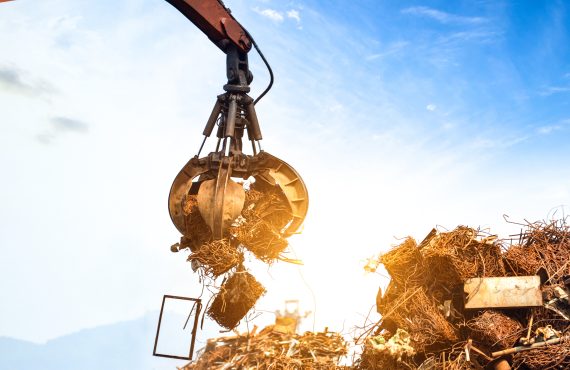Dampness Inspection Service
What is Dampness Inspection Service?
A dampness inspection service entails a thorough assessment of a building’s interior and exterior to identify areas of excess moisture or water infiltration. This comprehensive evaluation helps uncover hidden leaks, condensation issues, or inadequate ventilation that can lead to dampness-related problems like mold growth, structural damage, and compromised indoor air quality.
By detecting these issues early on, dampness inspections enable timely intervention and preventive measures to mitigate risks and preserve the integrity of the building. Investing in professional dampness inspection services is crucial for maintaining a safe, healthy, and structurally sound environment within residential, commercial, and industrial properties.
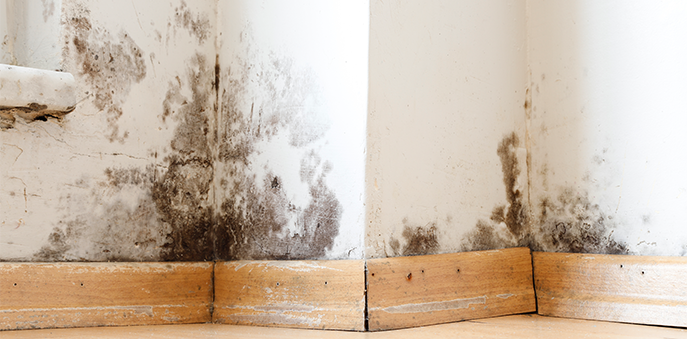
B2C
B2B
What is Dampness?
Dampness in buildings refers to the presence of excess moisture or water infiltration within the structure. It can manifest in various forms, such as damp patches on walls or ceilings, musty odors, mold growth, or visible water stains.
Dampness can result from a multitude of factors, including leaking roofs, plumbing leaks, poor ventilation, or inadequate waterproofing. Left untreated, dampness can lead to structural damage, decay of building materials, and health hazards due to mold and mildew growth.
Addressing dampness promptly through proper ventilation, repairs, and moisture control measures is essential to maintain a safe and healthy indoor environment and preserve the integrity of the building.
Why do you need a dampness inspection?
A dampness inspection is crucial for identifying and addressing moisture-related issues in buildings. Excess moisture can lead to various problems such as mold growth, decay of structural materials, and compromised indoor air quality. Early detection through dampness inspections allows for prompt intervention, preventing these issues from escalating and causing significant structural damage.
By pinpointing areas prone to dampness or water intrusion, preventive measures can be implemented to mitigate risks and protect the integrity of the building. Additionally, dampness inspections can uncover hidden leaks or plumbing issues that, if left unchecked, could lead to costly repairs or even compromise the safety of occupants.
Regular inspections also contribute to maintaining a healthy living environment and preserving the value of the property. Overall, investing in dampness inspections ensures proactive maintenance and safeguards against potentially severe consequences associated with moisture-related problems.
Why choose PropChk for building moisture inspection?
With a decade of experience, 12000+ successfully completed projects, service across 12+ cities, and 90% satisfied client base, PropChk stands as a trusted leader in home inspections. Our seasoned professionals bring a wealth of qualifications and certifications, ensuring meticulous scrutiny of your property. PropChk has not only excelled in delivering top-notch services but also garnered recognition home inspections serve as a critical tool for fostering a transparent and informed real estate transaction.
Our commitment to excellence, industry expertise, and proven track record make us the ideal choice for thorough, reliable, and award-winning home inspections. Trust PropChk to safeguard your investment and provide unparalleled peace of mind.
OUR PRESENCE

Pune

Mumbai

Hyderabad

Delhi NCR

Bangalore
Price Calculator
Get A Free Quote / Need a Help ?
OUR BLOGS
Home Inspection is a service designed to inspect the condition of a property for probable defects relating to quality of material used, fixtures durability and the overall fitness of the house. A trained professional will carry out the home inspection process and generate a report about the condition of the house.
The cost of Home inspection varies from property to property. It is dependent on the area of the house or number of rooms covered in home inspection.
The report covers a wide array of defects ranging from plumbing to electrical to flooring. Upon discovery of such defects, the owner can ask for their contractor or builder to rectify them before taking handover of the property.
For the Inspector to conduct the Home Inspection, the site has to be accessible. It shall be the responsibility of the property owner to arrange for the access to the site. "PropChk" shall not be responsible for any cancellation of inspection in case the Customer is unable to arrange for site access.
People opt for home inspection when they are getting possession of their new home. A newly Constructed home, A newly redone home, a renovated home or even just somebody who wants to evaluate the condition of their home can also opt for a Home Inspection Service.
The Home Inspection service is designed to find out all the defects and any probable defects as well. It covers a thorough check on area, dimensions, material quality, fixtures, plumbing, electrical and various other aspects of the house.
Yes, It is indeed recommended, to ensure that the house is in a good enough condition for Re-sale.
A Home Inspection is necessary in order to better understand if the house is in a good enough condition to move-in. By carrying out a Home Inspection all the repairs can be identified and this would further help in preventing major problems in the future.
Only the Home Inspector needs to be present for the Home Inspection. A suitable date and time would be fixed for the Home Inspection through the "PropChk" App, then the designated Inspector arrives and carries on with the Inspection. A Report that is twice validated will be generated and sent to the homeowner after the Inspection has been carried out.
Home Inspection is a service designed to cover a broad spectrum of aspects while inspecting a house. The report generated at the end of the home inspection process covers all the major and minor flaws that the property has. This report could help the owner better understand the works that need to be carried on in order to make their home move-in ready. Hence home Inspection is definitely worth the money, as it would end up saving on the future repair costs.
No, "PropChk" is not affiliated with landlords, real estate agents, or maintenance companies; "PropChk" is an independent 3rd party entity.
The inspection is not technically exhaustive, it will not identify concealed or latent defects, it will not deal with aesthetic concerns, or what could be deemed matters of taste, cosmetic defects, etc.; an inspection will not determine the suitability of the property for any use. An inspection does not determine the market value of the property or its marketability; an inspection does not determine the advisability or inadvisability of the purchase of the inspected property; an inspection does not determine the life expectancy of the property or any components or systems; An inspection does not include items not permanently installed.
To book an inspection, simply visit the "Book Inspection" page, select your property type and size, preferred date and time for the inspection, or alternatively, you can call us at +91 8822 22 8822.
The inspection takes between 1.5 and 3 hours for apartments, depending on the type and size of the property. For villas, the inspection time will depend on the villa size. Following that, the inspection report is reviewed by one of our experienced engineers and then sent to you.
Your inspection is performed by certified engineers and inspectors with a vast portfolio of experience across the region. All inspections reports are then re-validated by another team of experienced engineers.
No, the inspection is based on observations made on the date of inspection, and not a prediction of future conditions.
No, the inspection does not determine the market value or life expectancy of the property or its marketability. However, it identifies issues that will definitely help you make better informed decisions.
In case you have only booked the inspection but not scheduled it, you can cancel the inspection anytime and get 100% refund.
If the inspection is canceled upto 24 hours before the scheduled inspection, you will still get a 100% refund.
If your cancellation is made less than 24 hours before the scheduled inspection, no refunds shall be made.
The customer is allowed to reschedule the inspection only once prior to 72 hrs of the original scheduled inspection.
If the inspection is not carried out by the inspector due to any invalid reason even after providing access by the customer 100% refund will be given to the customer and inspection will be rescheduled with the consent of customer at a later date for free of cost. (This excludes any Act of God issues like cyclone, earthquake, accident etc… happens).

